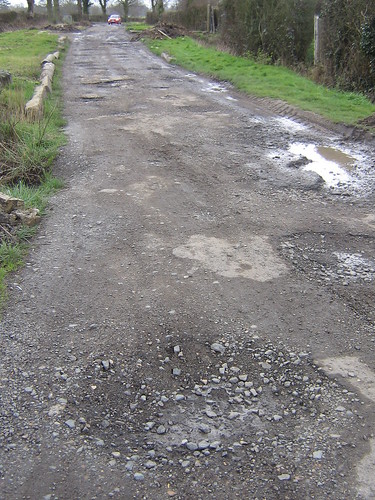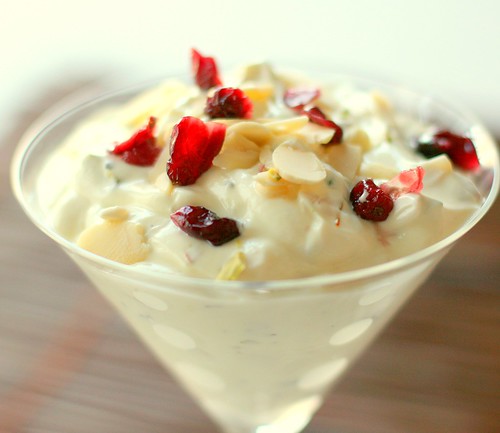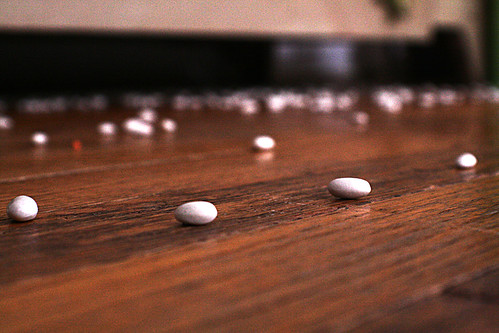 |
| SheKnows.com |
Oh so sparkly and pretty!
I'm sure this has been done but I thought it would be fun to take a peek at the birthstone for each month as we move through 2011. I'm not a gemologist or an amateur jeweller (so our peek will be pretty basic). I just like sparkly things!
There is a great deal of folklore and history and personal significance connected to birthstones. Those things are interesting and we will certainly explore them each month. However, let me just say right up front that I don't believe a chunk of rock, no matter how pretty, brings us luck or healing, endows us with patience, protects us from evil, or gifts us with wit and wisdom. I'm just not one of those folks. But the lore, I suppose, is part of the allure.
There is a great deal of folklore and history and personal significance connected to birthstones. Those things are interesting and we will certainly explore them each month. However, let me just say right up front that I don't believe a chunk of rock, no matter how pretty, brings us luck or healing, endows us with patience, protects us from evil, or gifts us with wit and wisdom. I'm just not one of those folks. But the lore, I suppose, is part of the allure.
So with that bit of a disclaimer out of the way, I'm sure we can agree that there's no escaping being enchanted by their sparkle and beauty. What girl doesn't fall for that? Come on- you know you've sparkled your engagement ring in the sun while stopped at a traffic light. You notice, with a bit sparkle in your own eye, when someone's earrings throw a flash of jazz out at ya. And you've noticed how flashy your jewellery looks in that neat restaurant lighting. It's all about the bling, girl!
So, let's launch into January with ...
... the garnet.
Garnets are a silicate mineral, the largest rock-forming minerals, and contain silicone and oxygen. Garnets are formed in the presence of outrageously high temperatures and pressure and geologists are able to use garnets found in the field to determine the temperatures and pressures under which the garnet-containing rocks were formed. The different types of garnets are a result of variations in their make up.
 |
| Nature Beds |
Garnet gets it's name from the Latin garantum, which means "seed" or "grain", so named because of it's resemblance to the pomegranate seed. Garnet jewelry has been found in graves as early as the Bronze Age (3000 BC) and was thought to provide protection in the afterlife. It was also thought, at one time, to stop bleeding.
January's birthstone is said to give the wearer victory, chastity, truth and fidelity. It signifies friendship and trust. Garnet is also know as the traveler's gem as it is supposed to ensure a safe return home and has been a traditional gift for someone going on a trip. It may also be given on the 2nd and 6th wedding anniversary.
Garnet is known for it's deep, almost mysterious, red color yet actually can be found in any color. The deep red color that most of us traditionally think of as being garnets are called pyrope garnets, or "Bohemian Garnets". It's color is spectacular.
Some of the Victorian era Bohemian garnet jewelry is stunning.
 |
| Georgian Jewelry |
 |
| House of Francheska |
But let's not forget the rest of the color wheel.
Pink Rhodolite Garnet
Purple Rhodolite
 |
| RubyLane.com |
Cinnamon, or Hessonite
 |
| The Jewlery Blog |
Yellow mali garnet
 |
| GemSociety.org |
Light green Tsavorite garnet
The brilliant green Demantoid
The very fun orange Mandarin Garnet.
OK- we could go on eyeballing beautiful garnets all day.
 |
| Deleuse Jewelers |
 |
| Toranj-Gem |
The very fun orange Mandarin Garnet.
 |
| Brigitte Designs |
Even blue garnets, previously thought not to exist, have recently been documented (late 1990's) in Madagascar. These have replaced the Tsavorite as the rarest and most expensive garnet.
 |
| Nordskip.com |
OK- we could go on eyeballing beautiful garnets all day.
Care- Garnets are fairly durable but variations in hardness do exist depending upon its chemical composition. RubyLane states: "The hardness of Garnet varies a bit, due to the differences in actual composition, ranging from 6.5 to 7.5 on the Moh’s Scale. Steam cleaning should never be done to garnet jewelry. Ultrasonic cleaning is considered to be normally safe, but the presence and type of inclusion in the stone may have an effect on durability, and we do not recommend the practice." Warm water and a mild dish liquid will work just fine. Be sure to rinse your garnet(s) very well, with the drain closed. Though durable, garnets are only as hard as silica, which is what makes up sand, soil, even dust. Do not wear your garnet ring when working as they can be scratched.
Garnets have, in the past, been relatively inexpensive and were often used in "affordable" jewelry. However, with all of the beautiful colored stones now available, garnet's reputation is taking an upward swing. Garnets generally range from $40 to $5000 per carat.
That's about it for our little look at January's incredible birthstone. It's been fun and sure makes a girl wanna spend that Christmas money. Keep an eye out for February's birthstone. And hey...
Happy Birthday all of you beautiful January Babies !


































































